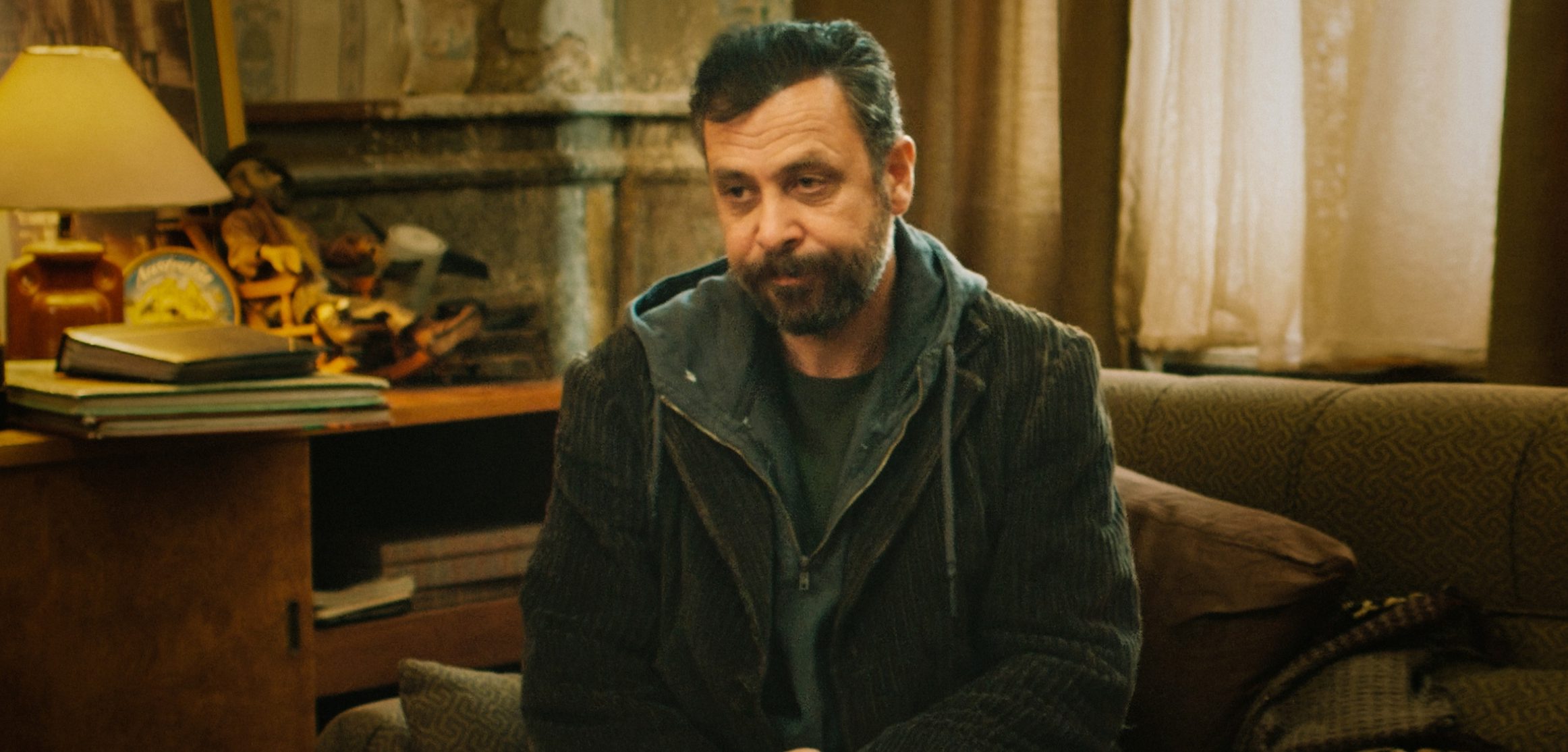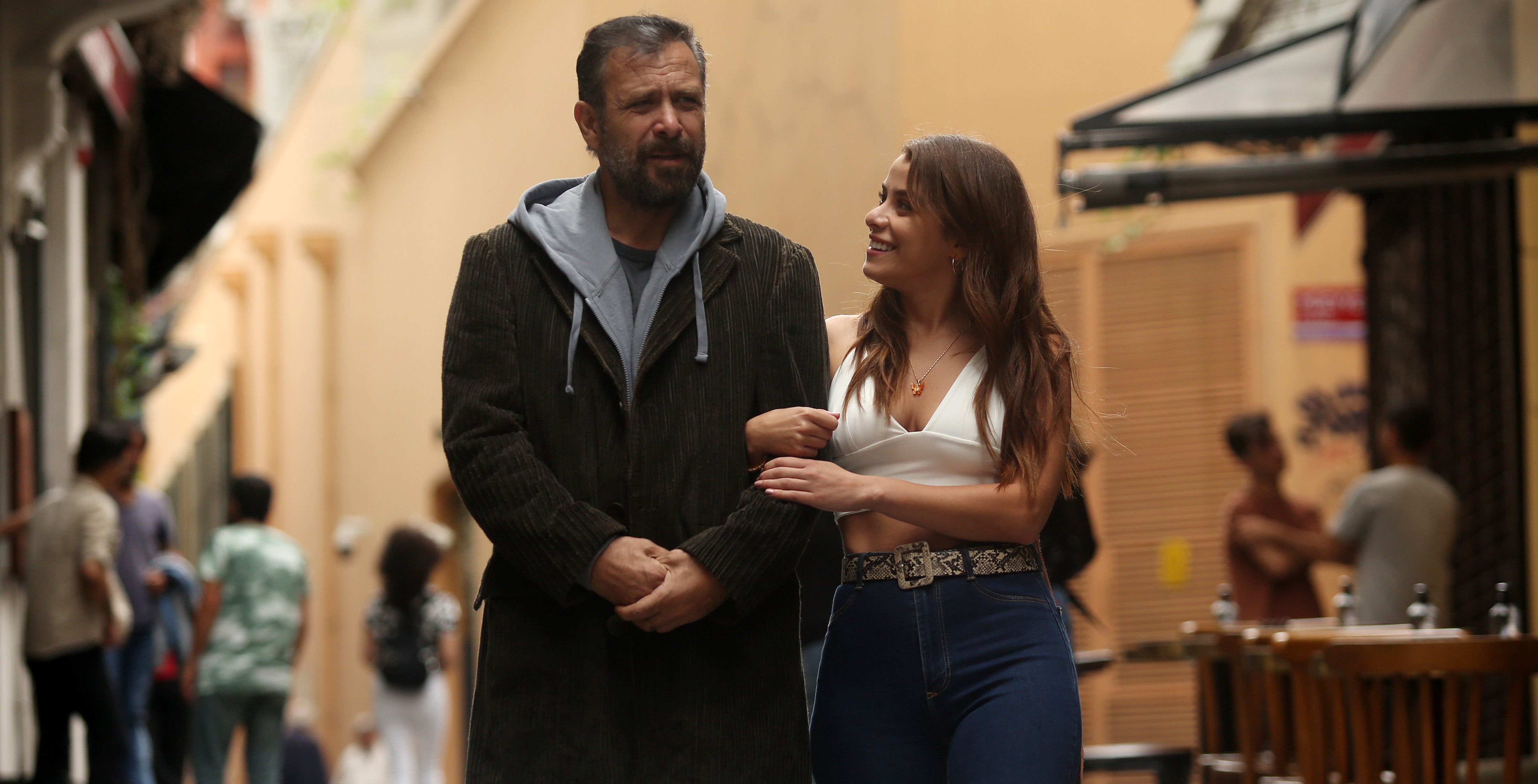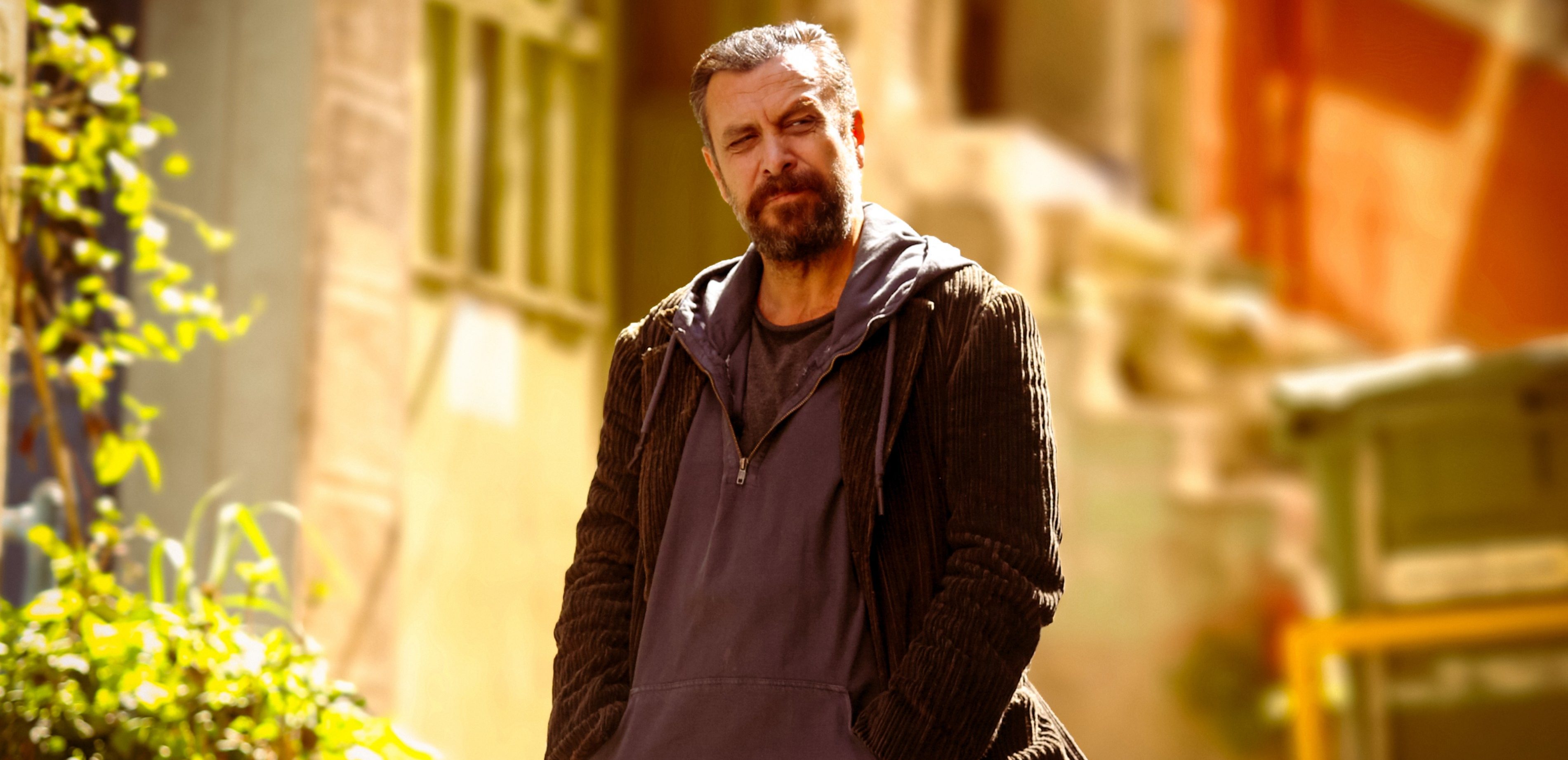Originally titled ‘Iyi Adamin 10 Günü,’ Netflix’s Turkish film ‘10 Days of a Good Man’ revolves around Sadik, a lawyer turned private investigator who sets out to investigate a missing person’s case. As the investigation progresses, Sadik meets people from his past and gets forced to act against his principles for the greater good of the case. Directed by Uluç Bayraktar, the crime film progresses through the changes that happen to Sadik during the short period of the investigation. Intrigued by the gritty and realistic treatment of the film, we dived into the origin of the same to find out whether it is based on real events. Well, here’s what we found!
Is 10 Days of a Good Man a True Story?
No, ‘10 Days of a Good Man’ is not based on a true story. Uluç Bayraktar’s film is an adaptation of Turkish novelist Mehmet Eroğlu’s eponymous novel. Eroğlu conceived the basic plotline of the film while teaching fiction at the Umag Foundation in Turkey. The author conceived a plotline about a virtuous man investigating a crime to explain the significance of the “harmony” between a fictional composition and its ending, how a particular ending “reveals” the respective composition, and how the character changes throughout a text. After using the plotline for the seminar, the author developed the same into a complete novel originally titled ‘Iyi Adamin 10 Günü.’

Through the novel, Eroğlu explores one of the timeless subjects: the binary of good and evil. Sadik, the titular good man, is a man of principles. However, he confronts the need of transforming himself into an evil man to solve the missing person’s case. He acknowledges and relies on violence to make progress in the case, forgetting and moving on from the goodness in him. Through Sadik, Eroğlu exposes the artificiality of goodness, which is acquired, in contrast to evilness, which is part of every human being’s survival instinct and primal characteristics. Sadik’s actions show how thin the border between good and evil is.
Although Eroğlu’s novel is entirely fictional, the author focuses on one of the most debated philosophical conundrums in reality through his exploration of the good and evil binary. Another way the film and its source novel connect to reality is through their commentary on justice. Both the film and novel establish that violence is an integral part of the implementation of justice. Sadik uses violence to unravel the mystery behind the missing person’s case rather than kindness, which wouldn’t have led the private investigator to the truth behind the disappearance. Ultimately, the novel and film establish that goodness and kindness alone will not maintain order and implement justice.

The film’s realistic treatment is also a reflection of the roots of Eroğlu’s novel in reality. The novelist conceived the Syrian characters to address the refugee crisis that shook the lives of several real-life Syrians. While the author was writing the novel, Syrian refugees were a constant presence in Karaburun, where he lives. Eroğlu’s novel addresses the sufferings of the refugees in the background to make the narrative more authentic. The plights of the countless Syrians, who ended up becoming corpses that got washed up on the shores of the Aegean and Mediterranean seas influenced the author to conceive the Syrians in the novel.
Eroğlu was also influenced by the works of the Russian novelist Fyodor Dostoyevsky to conceive Sadik and his intriguing life saga. The author considers Dostoyevsky as the master of the exploration of the human condition and he tried to emulate the latter while writing the source novel of the film. Thus, Eroğlu’s novel and its film adaptation can be considered a combination of elements of reality, philosophy, and literature.
Read More: Where Was Netflix’s 10 Days of a Good Man Filmed?


You must be logged in to post a comment.